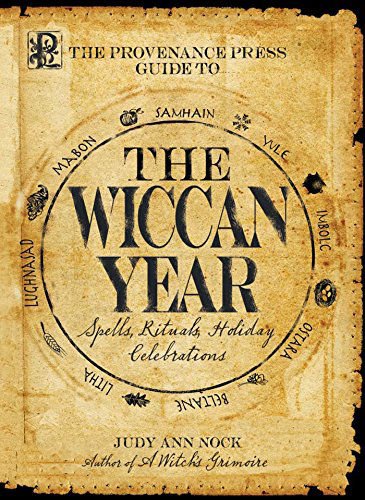
Creating your own candles is a lovely way to add special magic to your winter solstice observances. The following instructions will guide you in the creation of beautiful, slender tapers, quite suitable for adorning a Yule log. You can make these candles quite easily in your own kitchen without any specialized tools, mainly just household items, many of which you may already possess. You will need these things:
* A pound or so of beeswax
* Cotton string
* A double boiler, which will be henceforth dedicated to candlemaking only (after this exercise, it will be unsuitable for other uses such as cooking)
* Small washers or nuts (the kind found in a hardware store, not a grocery store)
* A ladle, also dedicated for candle-making henceforth
* A dry cleaner’s hanger (wire hanger with a cardboard dowel)
* Sharp scissors or sharp knife

